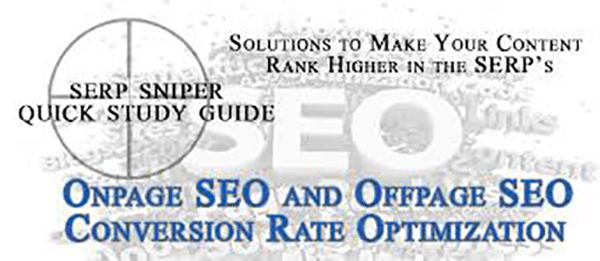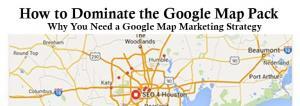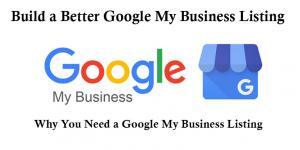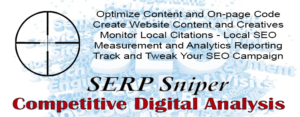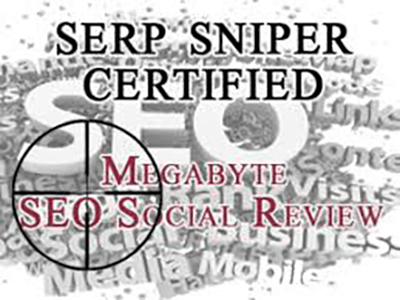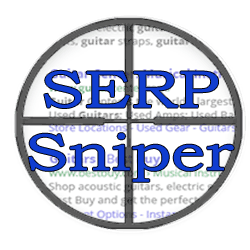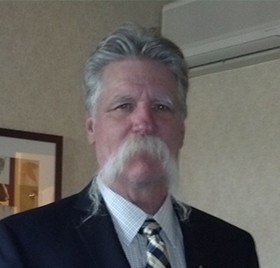Following are a few Simple SEO Solutions to make your content rank higher in the SERP. Onpage and Offpage SEO and Conversion Rate Optimization.
What is OnPage SEO
“Onpage SEO is the practice of optimizing individual web pages to rank higher and earn more relevant traffic in search engines. On-page refers to both the content and HTML source code of a page that can be optimized. Offpage SEO refers to links and other external signals. Onpage SEO – Moz”
If you own a website, you can control the onpage technical issues and the quality of your content. Onpage factors include technical set-up, the quality of your code, textual and visual content and user-friendliness of your site.
An Ideally Optimized Web Page
To actually rank for your target keywords, your onpage SEO needs to be on point. To make sure every page on your site is optimized the purpose of the given web page should be directly stated in all the following areas.
Title tag – Include your target keyword in the beginning of your title tag. Most pages that rank for competitive keywords strategically place keywords at beginning of their title tag. Make sure your keyword or synonym is in an H1 tag. Include your keyword once in an H2 or H3 subheading.
Pro’s Pointer – Add modifiers like “2019″, “best”, “guide”, and “review” to help you rank for long tail versions of your target keyword.
URL – Create short and sweet URLs that include your target keyword. Testing shows that super-short, keyword-rich URLs make a small but significant difference in rankings.
Content is King - Long content keeps people reading
Content of page – Keyword prominence is the new keyword density. In other words, Google pays close attention to WHERE a keyword appears on your page. The earlier it appears, Google’s thinking goes, the more important it must be.
Include your target keyword in the first 60 – 100 words of your article.
- Be hyper-relevant to a specific topic. (usually a product or single object.) Specify your keyword or subject several times throughout your content.
- Include 1-2 LSI keywords in every article. LSI (Latent Semantic Indexing) keywords are words (synonyms) that are commonly found alongside your target keyword.
Pro’s Pointer – Write long, engaging cornerstone content that keeps people reading. Put a lot of effort on making your first paragraph interesting and compelling.
Optimize all images for Google Image Search
Image names – Include subject in image name if possible. Optimize your images for Google Image Search. Be honest, “don’t show me a picture of cat – then tag & alt text it as a dog.” Google will get you, but you have some latitude and a great opportunity here.
Image alt text – Include subject in image alt text. Optimizing your images for popular keywords can land you traffic from Google Image Search. Tag your images with keyword-rich alt text.
Load Speed – Page Speed is one of the few ranking signals that Google has publicly confirmed.
Use the Google PageSpeed Insights tool to figure out your site’s loading speed. Here’s our recommended list of WordPress plugins to help speed things up.
Internal Linking – Add 2-3 internal links to older articles when you publish a new one. WP plugins like Yoast SEO can take care of this automatically through its internal linking function.
- Link back to its category page or its subcategory page. (If applicable) This can be accomplished using the “breadcrumb” feature of WordPress.
- Link to your homepage from every page. Normally accomplished with an image link showing the website logo on the top left of a page.
External links – External links point from your domain to an entirely separate domain. They are most common to provide additional information for readers, or they may be links from your website to an affiliate program. Google may or may not pass on PR but outbound links are well excepted as a must for quality content.
Pro’s Pointer – Make sure your social sharing buttons are front and center on blog posts and articles.
What is Offpage SEO
“Offpage SEO is defined as the things you do off site (not within your CMS) to help your website achieve good search engine ranking. It is the optimization which is done offsite with links and other external signals and web contents to create exposure, trust and brand awareness.”
In Truth, offpage optimization does not involve any optimization with the contents of the webpage. For example; building quality links to improve the page rank of your website is offpage optimization. It is basically building reputation of your website in front of search engines like Google & Bing.
Offpage SEO holds almost 30% of the overall SEO process. There are several factors that affect offpage SEO and those are listed below.
What Factors Affecting Offpage SEO
Quality Link Building – In order to improve page ranking Google uses your backlink profile. Backlinks serve as an important ranking factor for search engines. Google even named links as one of its top three ranking factors.
This list of useful third-party tools and software can help you better understand the SEO value of backlinks. Our favorite places for offpage link building are Local directory like a yellow pages listing, a chamber of commerce listing and Better Business Bureau. (BBB)
Social Media Presence of your website – How active is your website on social media? The active presence of your website over popular social media increases the brand value as well as reputation of your website with respect to search engine’s algorithms. Sites like Facebook, Google+, Twitter and many other social media pass on link juice.
Citations and Industry specific Directory Listings
Forum Postings and comments – Do these still work? Yes.
In the past, forum posting and commenting impacted your rankings more than it does now. With the use of the “nofollow” attribute in most commenting systems this practice in becoming less effective.
However, If you participate in forum posting and posts questions or answers, then you have a chance to get a good quality link. These links will come from forum participants following your website or social media profile link. They may become a follower, re-post a blog or retweet from their accounts. All of those will help improve your page ranking.
Pro’s Tip – If you are in Retail or any other B2C business sometimes the best type of offpage SEO is a genuine thank you email or letter. You or your team can send out handwritten thank you cards to all new customers. Nearly 70% of the time, the cards will get shared on social media, and referrals will go up as a result. It’s such a simple thing, but it’s a win-win for both the business and its customers.
What is Conversion Rate Optimization
Conversion Rate Optimization should be thought of as a priority when creating new content. Of course at the end of the day you need your content to be found, but you also want to maximize conversions.
“Conversion rate optimization is steps or milestones that help you reach the end goal. This process can be as simple as making changes to your ads, marketing strategies or website forms. These changes will have the goal of turning more viewers or visitors into conversions.”
Conversions come in two forms; Macro and Micro conversions (or goals). Clearly defining the key performance indicators, or KPIs, is the first step to any Conversion Rate Optimization (CRO) campaign.
What about Micro Conversions
- A B2B company may say that a conversion has occurred when a website visitor downloads a case study, registers for a webinar or subscribes to an email newsletter.
- A B2C company will typically refer to an inquiry or lead as a conversion.
These would be Micro conversion, other examples would include email clicks, downloads on white paper, blog subscriptions, and so on.
What are the Macro Conversions
- E commerce websites would call an online sale a conversion.
These would be macro conversions for SaaS, eCommerce, or any other online enterprise could be revenue, contact us, request a quote, and free-trial.
What Constitutes a "real" Conversion
What constitutes a “conversion” varies from company to company and industry to industry. It is only through tracking and measuring results on these KPIs that a business can optimize for growth.
Improving macro goals is imperative to the growth of any enterprise. However, it is equally important that enterprises measure micro goals to enhance overall website usability.
[click_to_tweet tweet=”Simple #SEO Solutions. #OnpageSEO and #OffpageSEO and Conversion Rate Optimization Explained.” quote=”Simple SEO Solutions any WordPress Webmaster can implement. Onpage and Offpage SEO and Conversion Rate Optimization Explained.”]
Here are a few examples of simple conversion rate optimization.
Call-to-action (CTA) Button
- Use a Contrasting Color for your call-to-action button.
- Test Your Call-to-action Button Text.
- Place your CTA above-the-fold.
Maximize Headline Impact
- Make Sure You Have a Clear Headline
- Use the Magical Word “FREE”
- Create Urgency
Display Your Phone Number in Huge Font
Add “Real” Testimonials
Benefits of Conversion Rate Optimization
There are several reasons to spend more money and time on CRO:
- Take advantage of existing traffic without spending cash on ads can improve your brand perception.
- Conversion Optimization can help build more trust among your audience and encourage repeat business and, by extension, customer retention.
- It can help you generate more revenue that you can inject back into the business.
Steal more customers from your competitors.
Conversion Optimization can also help you better understand your customers’ wants and needs thus reducing customer acquisition costs.
PRO’s Pointer – Create a budget using strategies like PPC, SEO, etc. to improve your website’s conversion rate. You want traffic, but you need conversions!
If you’re ready to learn more about Onpage and Offpage SEO contact us. We’ll show you how to optimize your pages and find your best keywords to increase your Conversion Rates.

